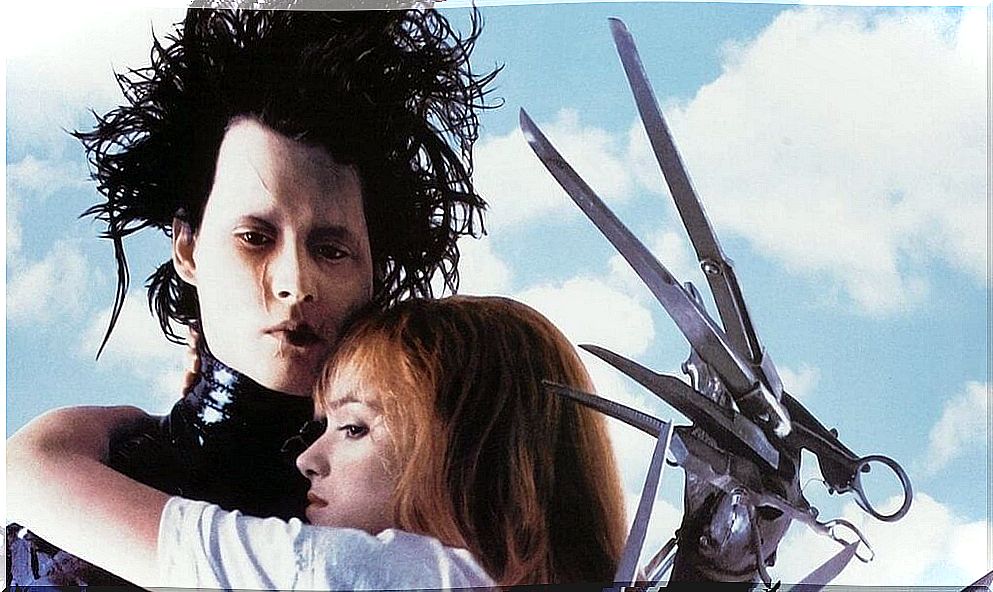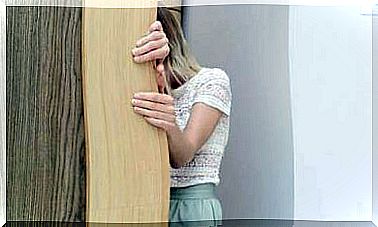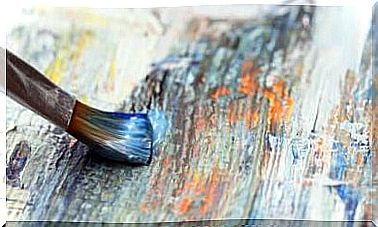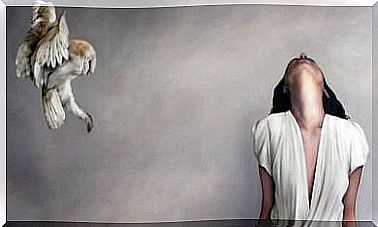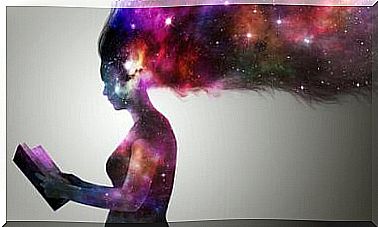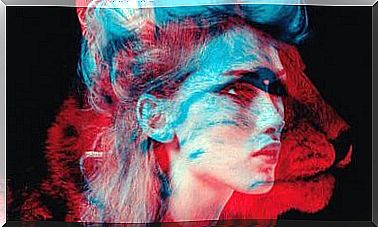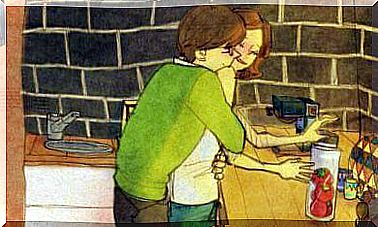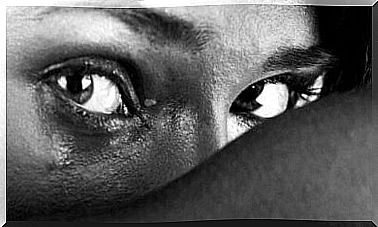The Hunchback Of Notre-Dame, The Darkest Of Disney Stories
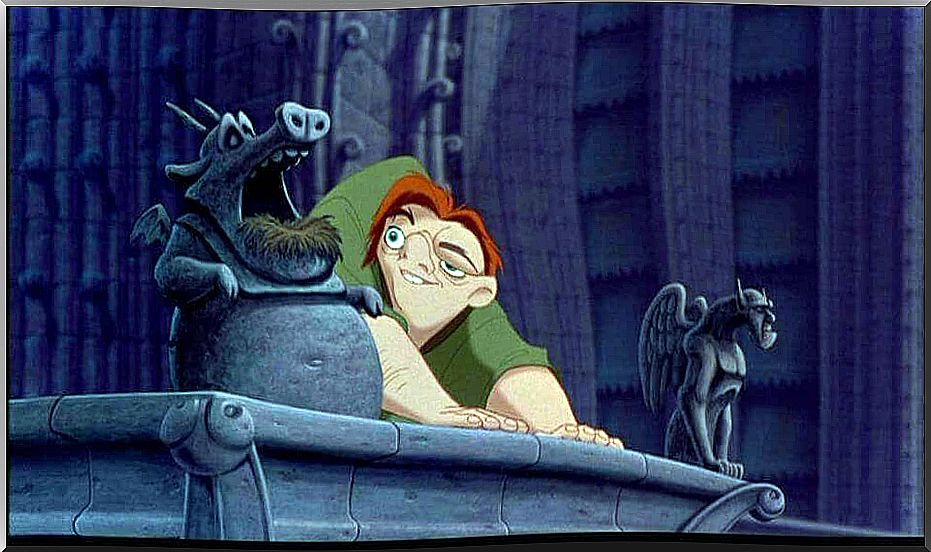
The Hunchback of Notre-Dame (1996), despite the fact that it is a cartoon, has a very dark and difficult to digest frame. I’m not referring to a joyful darkness like that in Nightmare Before Christmas or the appalling darkness of Taram and the Magic Cauldron, one of Disney’s great little-known stories. No, the blackness of the Hunchback of Notre-Dame has nothing to do with all of this: it is a distinct, real and raw blackness. Maybe that’s why a lot of kids in the 90s didn’t appreciate it.
The Hunchback of Notre-Dame is not an unrecognized cartoon because it received good publicity, got good reviews and good recommendations. However, it is true that at the time of its theatrical release, many of us were too small to understand it. Perhaps this is the reason why we do not find him in the top 10 of Disney.
Thus, it has not received a good reception from the infantile public and has very often been relegated to oblivion. Moreover, even if there are many Disney cartoons that hide a murky plot and a background worthy of analysis, The Hunchback of Notre-Dame departs from the stereotype of Disney and presents us with a story loaded with criticisms towards society and power, especially that of the Church.
The cartoon is based on Notre-Dame de Paris , a novel by Victor Hugo published in 1831. This fact also set back the admirers of the French writer, who hoped to find a work darker and more faithful to the original. But, as one would expect, Disney “softened” a non-fairytale story so that kids wouldn’t run away from the movies. However, even having made this effort, the cartoon was too gloomy for a lot of kids and therefore was not fully appreciated.
The Disney adaptation is not the only one that has been made of Victor Hugo’s novel. There are other works more raw and intended for an adult audience, such as Quasimodo (1939) or The Hunchback of Notre-Dame (1956). Looking at it from an adult point of view, we realize that we are facing a great animated film, with fascinating scenes. The message hidden by The Hunchback of Notre-Dame, without the slightest doubt, surprises and captivates us.
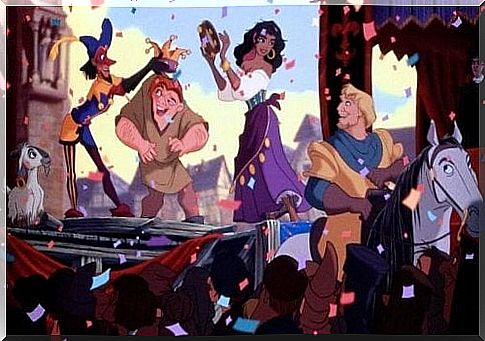
The ecclesiastical part of the Hunchback of Notre-Dame
The main difference from the original work of Victor Hugo is in the character of judge Frollo. In the original version, Frollo is the Archdeacon of Notre Dame, but in the Disney version, he is a judge. This is a perfectly understandable thing when you know that this cartoon is intended for children.
The image of the church is very discredited in the film because even though Frollo is presented as a judge, the character is deeply connected to the cathedral, has strong religious beliefs, and at times his outfit resembles that of a clergyman. .
Frollo should be a lawyer, a respectable and fair character. However, it is quite the opposite. From the start, we see his cruelty, his pride and his contempt for others. Frollo hates gypsies, he hates all those who are not like him; however, life will play a dirty trick on him and he will end up feeling emotions that he never thought he could one day.
Frollo begins to be obsessed with the gypsy Esméralda. His feelings towards them are not at all healthy. Esmeralda becomes a kind of precious and tempting object, it will be the embodiment of evil. At the same time, an unhealthy desire arises in Frollo that will cause him to question his faith. Frollo considers that his desire for Esmeralda is a kind of ordeal imposed on him by God and he must avoid sin. However, this desire is so obsessive that he will come to want to possess it and, if he does not succeed, he will have to die.
All of this irrational obsession with Frollo will lead to one of the most disturbing musical moments in the entire Disney universe. A song in which the religious connotations are evident from the start: ecclesiastical choirs, a giant crucifix, Frollo’s outfit, etc. All this, seen from an adult point of view, makes us think that Frollo is perhaps not only a judge: he can be linked to the Church.
This musical moment seems crucial to me to deepen the character a little more; we are not only facing a cruel and ruthless judge who imposes his law by condemning a large number of innocent people, but facing someone who is hiding something else. Frollo is a really murky and unpleasant character, this irrational and obsessive desire for Esmeralda terrorizes us even more than any other moment in the film and I firmly believe that this whole scene was very risky. We are presented with a villain who is really scary; behind this image of a Puritan and a lawyer hides a man of very dubious morality.
Victor Hugo’s work shows no compassion. She is merciless. On the other hand, The Hunchback of Notre-Dame is a softer version, more acceptable to the general public and, of course, creates less controversy. However, through the character of Frollo and more particularly through the musical scene, we find a trace of the original work, a mark of this acerbic criticism of the Church and of its indisputable power.
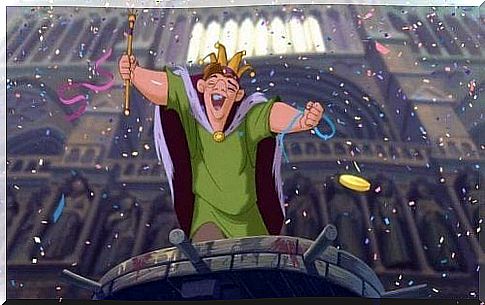
The differences in The Hunchback of Notre-Dame
Beyond the criticism of society and the Church, The Hunchback of Notre-Dame is a hymn to differences, to acceptance. Kindness is not clear as we are facing a cruel judge and an innocent character with a big heart whose image is distasteful to the majority of people. Quasimodo cannot be accepted in society because of his appearance and that is why the only day he dares to leave the cathedral turns into a catastrophic day, a kind of carnival where the grotesque is celebrated.
Quasimodo generates public fascination because of his “disguise” but when people find out that this is not a dress and that it is what it really looks like, he will be called a monster. Only one character will show compassion towards Quasimodo: Esméralda, the young gypsy who, because of her origins, is marginalized and pursued, just like Quasimodo. Esméralda is a warrior, the only one who dares to face Judge Frollo and who demands justice and equality for all.
Quasimodo himself, because of his seclusion, qualifies himself as a monster. Frollo created great insecurity in him. Since he has no contact with society, he has established a kind of friendship with the cathedral gargoyles, which will be a kind of conscience for him. Esmeralda, with the gargoyles, will be the one who manages to make Quasimodo open his eyes and make him see reality as it is. Captain Phoebus will also have an important role: he is a soldier who will turn his back on Judge Frollo and unite in the fight for equality.
Who is the real monster of Notre-Dame? The cartoon shows us the true nature of the monster, a camouflaged monster that moves among us every day and enjoys the respect of society. Ultimately, The Hunchback of Notre-Dame is a film that must be highlighted and whose plot is more complex and dark than the majority of childish cartoons. It is also charged with deep values which transform it into an apology for justice and equality.
